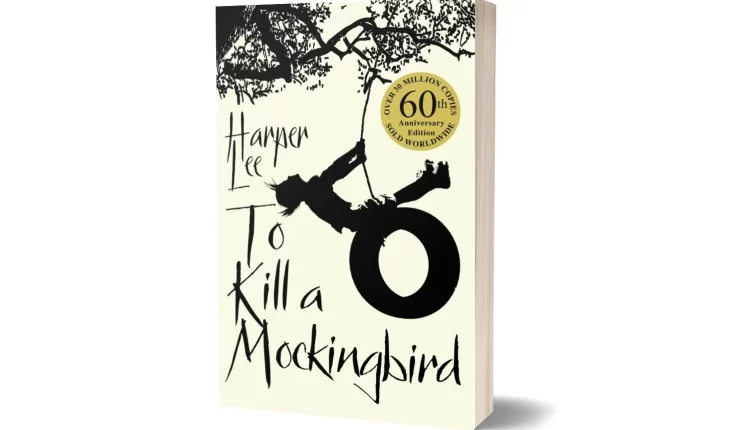Why “To Kill a Mockingbird” is a must-read by Bibliophiles
A Book Review by Divya Dahal
Most people read To Kill a Mockingbird at some time in their lives. Most people have read Mockingbird at some point in their lives, whether it was required reading for school or they just picked it up because everyone told them to.
The book’s protagonist is Atticus Finch, who stands out as a unique hero and role model owing to his morality rather than physical prowess. The novel’s overall moral tone is evident, especially in light of religion and how sin is perceived. Consider Mrs. Dubose, a morphine addict in recovery. She commits to die with no obligations to anybody or anything. She knows deep down that her ambition of being a free human being is worth pursuing.
It takes place in a little American community. A small boy named Dill and a young girl named Scout become friends while playing in Scout’s front garden with Scout’s older brother, Jem. Dill, a frail little child, seldom visits his aunty in Scout’s town. The children engage in several activities featuring a neighbor charged with using scissors to stab his father. The kids challenge each other to approach the house since they are so terrified of the whole idea of this man, as are the other residents on the street, except Scout and Jem’s father, Atticus.
A young black male was charged with raping a little white girl while this was happening, and the children’s father is currently fighting that case in court.
The children discover a tree as the story progresses, and among the items they discover within are two wooden children that resemble them and a small pocket watch. The young black man’s case is then brought before a judge, and Atticus, the children’s father, defends him. Almost the entire town congregates at the courthouse to observe the trial. It is shown that the young black male could not have done what the girl had accused him of as he rises to speak beside the young white girl.
The book was challenged and banned because it contained a “white savior” character and used racial slurs against Black people. James LaRue, director of the American Library Association’s Office for Intellectual Freedom, cited “it just makes people uncomfortable” as one justification for the restriction.
In 1966, the Hanover County, Virginia, school board attempted to have the book removed because they believed it to be “immoral” owing to its rape-related topic. This was one of the book’s initial legal challenges. After hearing from locals about their willingness to fight the reader in local newspapers, the school board changed its mind and allowed the book to remain. Later in the 1970s and 1980s, many attacked the book for containing “trashy” language, primarily school boards and parents.
Harper Lee’s first book, published in 1960, is considered one of the greatest modern masterpieces because it was ahead of its time and sent a message that is still relevant in today’s society. This book’s central issue is prejudice against the black population. This is the focal point of the main character’s existence. These noble deeds, including standing up for what is right, supporting the defenseless, and swimming against the flow, come with a steep price and occasionally even put our loved ones’ lives and dignity at jeopardy. The book conveys a clear message to the readers. It so deftly illustrates how vulnerable minorities are and how they are susceptible to discrimination. The subject of racism is brought up by the author extremely deftly and skillfully.
As the book’s plot moves toward its central theme, some innocent people suffer due to misconceptions about and prejudice against a particular ethnicity. Tom Robinson stands out as the story’s clear mockingbird. He had to bear the repercussions because he was falsely accused of doing something. Boo Radley is an additional individual who can be regarded as the mockingbird. This fits with their earlier comment of Finch that “mockingbirds do nothing but sing for others.”
The intriguing gender roles in this book are one aspect that particularly jumped out to me. Atticus, who is gentle, courteous, and intelligent but not stereotypically macho, is portrayed as both an outstanding father and a fine male figure. Unlike Bob Ewell, the primary adversary, Atticus is physically weak, doesn’t speak harshly, and despises violence.
Written by Divya Dahal


Comments are closed.